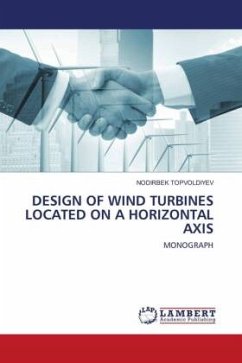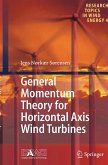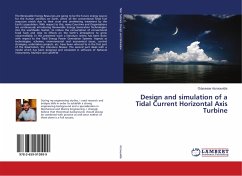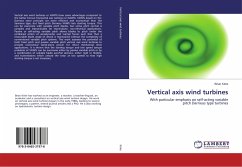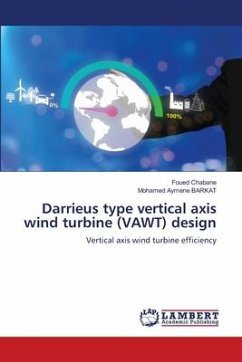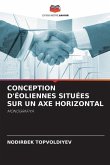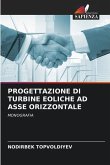The design of horizontal axis wind turbines (HAWTs) in Uzbekistan involves several key considerations. Conducting a thorough wind resource assessment helps determine the potential for energy production and select suitable turbine designs. Factors such as site selection, turbine technology, grid integration, and environmental impact assessment play important roles in maximizing energy capture and minimizing negative effects. Structural design, mechanical supply, and local manufacturing contribute to the reliability and cost-effectiveness of wind turbines. Monitoring and control systems enhance performance and maintenance support. Achieving high capacity factors, optimizing turbine layouts to minimize wake effects, and integrating advanced control systems are crucial. Grid integration, power quality, cold climate considerations, maintenance accessibility, and end-of-life planning are key aspects to address. Additionally, exploring hybrid energy systems and promoting research and development activities further contribute to the advancement of wind energy in Uzbekistan.
Bitte wählen Sie Ihr Anliegen aus.
Rechnungen
Retourenschein anfordern
Bestellstatus
Storno

